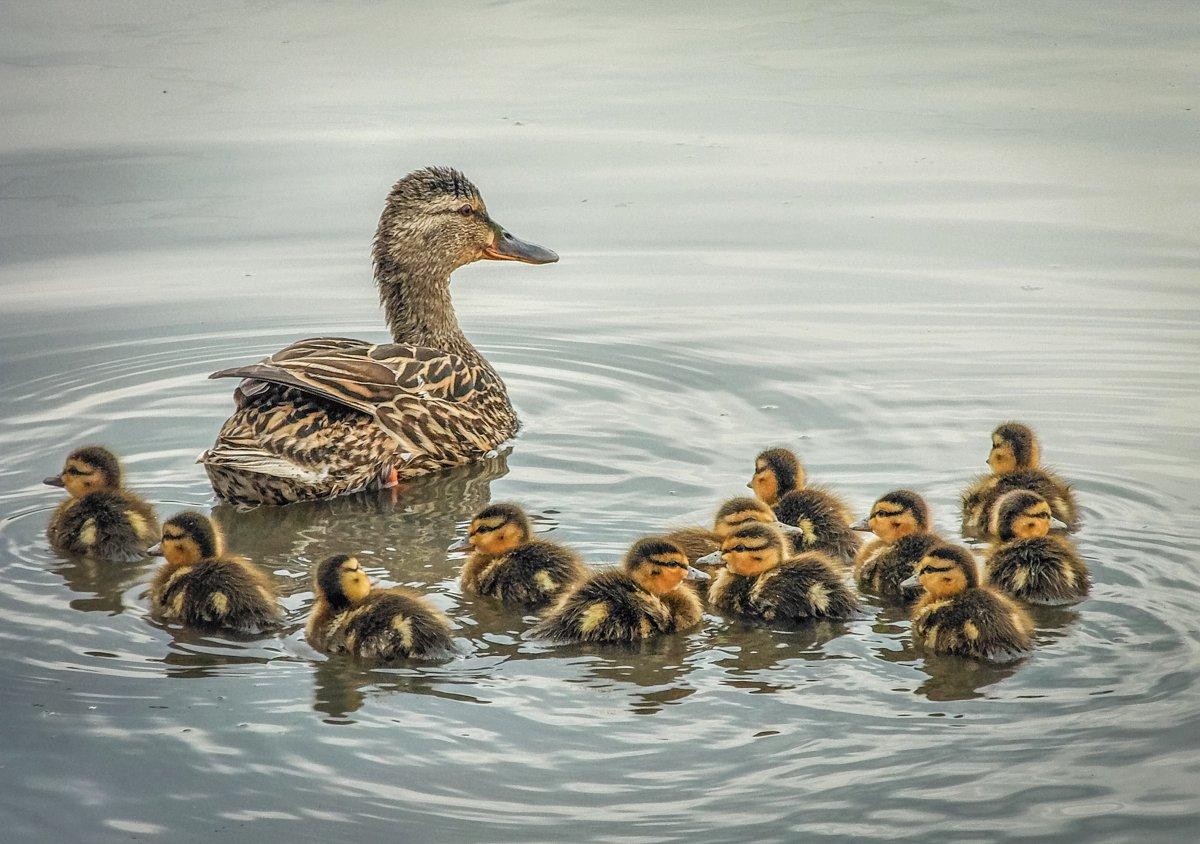But Index Still Higher Than Long-Term Average
Pond counts and spring breeding duck numbers in North Dakota, a critical prairie waterfowl production state, are lower than in 2017, but that news isn't all bad.
The state's 2018 spring breeding duck survey, conducted in May, showed an index of about 2.8 million birds, a decrease of about 5 percent from 2017, according to a North Dakota Game and Fish Department press release. However, that index is still about 16 percent higher than the long-term average (1948 through 2017) and the 25th highest on record.
Duck numbers are still hanging on but are certainly better in some local areas, Mike Szymanski, migratory game-bird supervisor, said in the release.
Meanwhile, the release said, the number of temporary and seasonal wetlands decreased by about 34 percent from 2017.
That was mostly felt in the shallow waters, Szymanski said in the release. Similar to last year, there were a lot of wetlands that weren't in good shape and were close to drying up.
However, he added, rainfall the previous couple of weeks has improved wetland conditions since the survey.
If rain continues over the next month, wetland conditions in some regions will be conducive to raising broods, he said.
Survey results indicate that only shoveler and wigeon numbers had increased from 2017 estimates — up 10 and 7 percent, respectively. Mallards were basically stable, decreasing about 1 percent, but green-winged teal were down 20 percent — the largest decrease. All other ducks were about 3 to 17 percent lower than their 2017 numbers, though most species — except pintails and blue-winged teal — remained far higher than their long-term population averages.
Also, Szymanski said in the release, local Canada geese displayed an interesting lack of breeding effort this spring.
We can attribute that to the late spring and overall dry conditions, he said in the release.
Szymanski noted in the release that concerns about North Dakota's waterfowl habitat remain, as overall conditions weren't good, with expiring Conservation Reserve Program acreage and habitat conversion to other uses.
North Dakota's July brood survey typically provides a better idea of duck production and insight into fall flight expectations, Szymanski said. The U.S. Fish and Wildlife Service's 2018 Breeding Population and Habitat Survey, scheduled to be released in August, will provide a more comprehensive fall waterfowl outlook.
Click here for more Realtree waterfowl hunting content. And check us out on Facebook.







